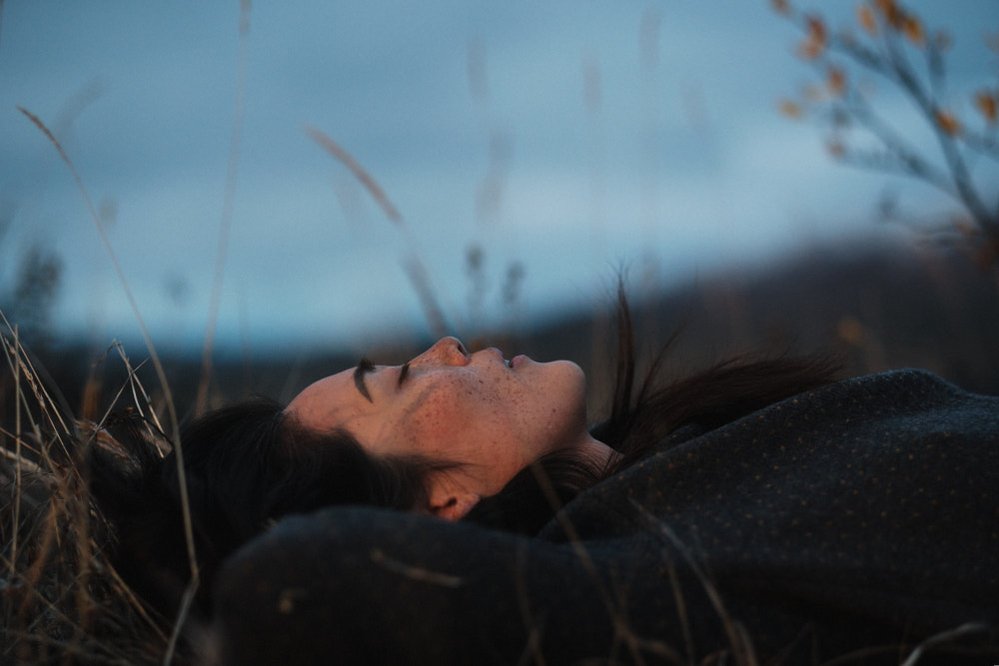Yukon flood on 35mm film
October 13, 2021If you follow my insta stories, you may recall that in August I found a Nikon EF300 35mm film camera at the Marsh Lake garbage dump while participating in flood mitigation efforts in the Southern Lakes region. I took my dump find home, put batteries and a roll of film in it, and tossed it in my work backpack to try it out in the field. The flood of 2021 was the biggest one in Yukon’s recorded history, and it made for a summer of seemingly endless sandbagging, cracked hands, wet boots, and way too many Cliff bars. Here is a glimpse of the flood zone, photographed on a 20+ year old plastic point & shoot film camera.
Photogrammetry for climate change monitoring
March 14, 2021In September 2020 I had a very unique opportunity to contribute data and imagery to a couple of climate change monitoring projects led by researchers from Northumbria University in the UK and the Geological Survey of Canada. Aerial timelapses I shot from a helicopter were used by researchers to create 3D models that allow for tracking the progression of coastal erosion, as well as forecasting future changes in the landscape.
Continuity in data collecting is crucial for effective monitoring and forecasting, and it allows coastal communities to make well informed decisions in the face of climate warming and environmental changes that come with it. You can learn more about coastal erosion in the Beaufort Sea coastal region here. The video below is a tiny sample of an image sequence shot over Hooper Island. Hooper was one of the most visually striking erosion sites I’ve ever photographed. The sense of scale is hard to convey in the open tundra - the biggest slump shown in the video below is roughly the size of three football fields.
Below is a small selection of images from sites affected by coastal erosion and permafrost degradation across the the Mackenzie Delta (see captions for exact locations). The outer islands of the Delta are some of the fastest eroding areas in this part of the world. Pelly Island disappears at an average annual rate of over 20m a year, while the windward sections pictured below recede over 40m a year. It is double the observed erosion rate compared to before 2000. One of the biggest contributing factors to the accelerated rate of erosion is the increasingly shorter sea ice season. The lack of protection leaves the shore exposed to wind and waves for a longer period of time.
One of the high priority sites for this project was Peninsula Point. It’s a part of the Pingo National Landmark, a protected area nearby the community of Tuktoyaktuk, co-managed by Parks Canada, the Inuvialuit Land Administration, and the people of Tuktoyaktuk. I’ve been incredibly lucky to be allowed to document that site on a regular basis since 2018. The screenshots below show a 3D model of Peninsula Point made with roughly 260 images shot from the air (click on the images to enlarge). In this area the ice content in the permafrost can be as high as 90% - the ice literally holds the ground together. That’s why this environment is so incredibly fragile and prone to erosion, and you can often see very significant changes in the landscape unfold over weeks, or even days, especially during major weather events.



























